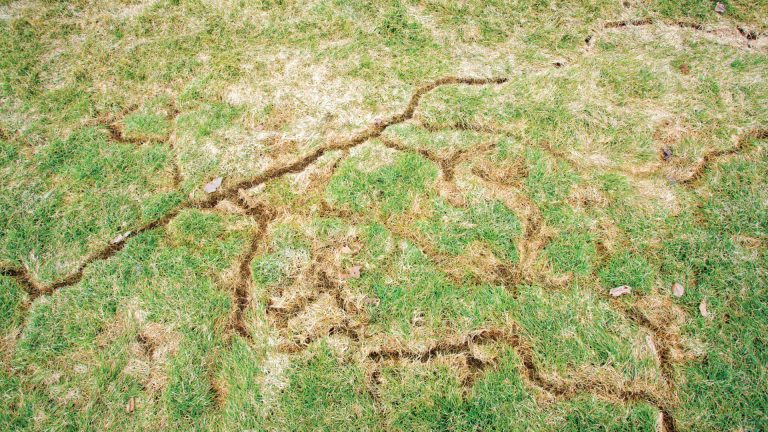Specialist Approaches for Vole Control and Prevention
Specialist Approaches for Vole Control and Prevention
Blog Article
Comprehensive Overview to Effective Vole Insect Control: Invasion Identification and Treatment Techniques
In the realm of reliable parasite control, vole invasions present an one-of-a-kind challenge that requires a tactical method. By checking out the nuances of vole actions, understanding vital indications of infestation, and evaluating a range of control options, one can develop a thorough technique to fight these elusive bugs.
Recognizing Vole Habits
Vole habits is identified by their delving behaviors and fast recreation rates, making them a tough bug to manage efficiently. These tiny rodents normally produce complex passage systems underground, utilizing them for sanctuary, food storage, and transport. Voles are herbivores, eating a range of plants, roots, yards, and light bulbs, which can create substantial damages to gardens, orchards, and lawns. Their quick reproductive rate more makes complex control efforts, with women efficient in producing multiple clutters in a single year, each containing several children.
Understanding vole actions is essential for reliable pest control strategies. By recognizing their burrow locations, keeping track of feeding locations, and implementing targeted control techniques, such as trapping or environment modification, vole problems can be handled successfully.
Signs of Vole Infestation

Prevention Methods
Implementing effective avoidance strategies is vital in minimizing vole invasions and securing plants from their destructive feeding habits (vole pest control). To avoid vole problems, it is crucial to begin by eliminating possible food resources and shelter. Maintain yard and plant life cut short, eliminate weeds and debris, and keep a tidy yard or lawn to make the location much less eye-catching to voles. Mounting obstacles such as hardware fabric or underground fence can likewise assist deter voles from entering particular areas. In addition, reducing excess wetness by taking care of leaking pipes and making sure correct drainage can make the environment much less friendly for voles.
On a regular basis examining the residential or commercial property for indications of vole task, such as paths and tunnel openings, is important for very early detection and prompt activity. If vole activity is thought, think about making use of repellents or catches strategically put near their paths.
Non-Lethal Control Approaches
To efficiently manage vole populaces while focusing on gentle techniques, non-lethal control methods provide sensible solutions for reducing vole damages in yards and landscapes. These obstacles can be hidden at least 12 inches deep and bent at a 90-degree angle to stop voles from tunneling underneath.

Lethal Control Options
One effective method for important link resolving vole problems in yards and landscapes involves the critical usage of deadly control options. When encountered with a severe vole problem that non-lethal approaches have actually stopped working to contain, implementing dangerous control actions ends up being important. In general, when employing lethal control alternatives, it is necessary to do so properly and in accordance with neighborhood guidelines to effectively manage vole invasions.
Conclusion
Finally, efficient vole parasite control needs a comprehensive understanding of vole actions, recognition of indicators of infestation, implementation of prevention techniques, and application of both non-lethal and deadly control approaches. By incorporating these strategies, individuals can effectively take care of vole populations and shield their property from damages. It is essential to deal with vole problems immediately to stop additional concerns and reduce the effect on the surrounding atmosphere.
Offered the intricate passage systems and rapid recreation prices characteristic of voles, acknowledging the indicators of vole infestation comes to be vital in reliable pest control. One of the primary signs of vole visibility is the existence of surface area paths or routes in grass or snow, normally concerning 1-2 inches vast, developed as voles travel between their burrows and food sources.To properly take care of vole populaces while prioritizing humane methods, non-lethal control approaches supply useful solutions for decreasing vole damage in yards and landscapes.One efficient approach for addressing vole infestations in landscapes and gardens involves the tactical usage of deadly control alternatives. vole control utah.In final thought, effective vole insect control needs a detailed understanding Learn More of vole habits, identification of signs of problem, implementation of avoidance approaches, and application of both non-lethal and lethal control techniques
Report this page